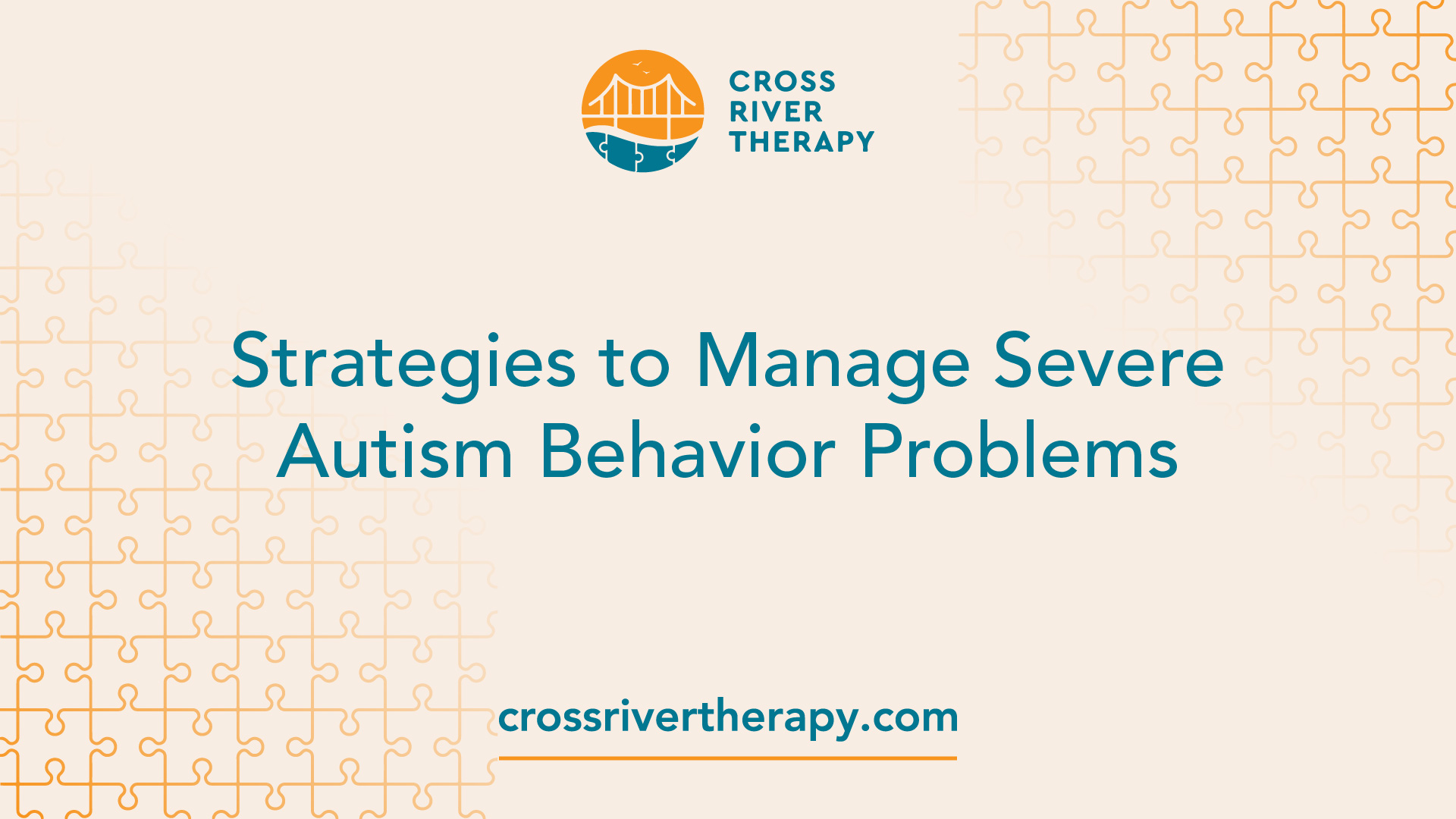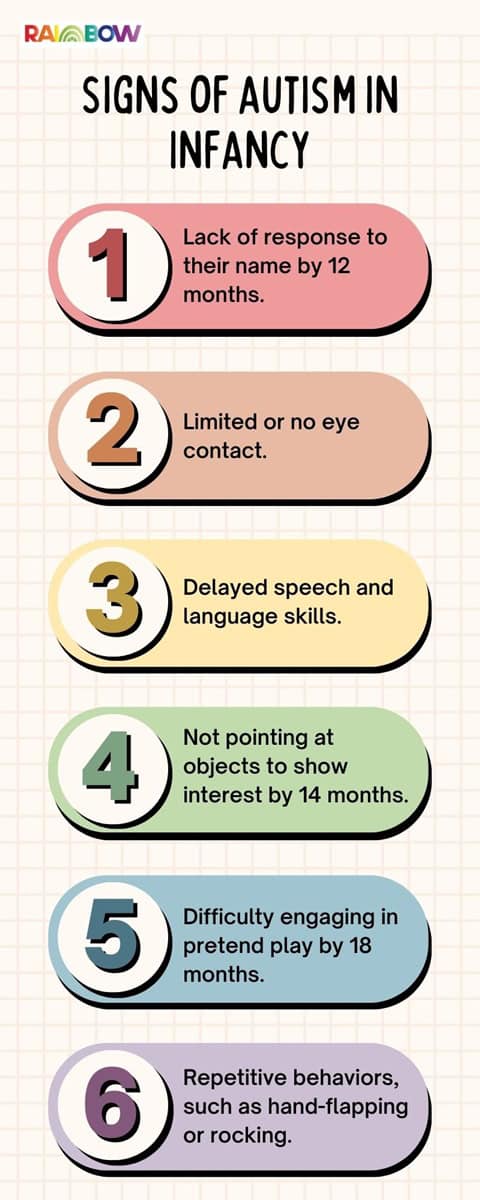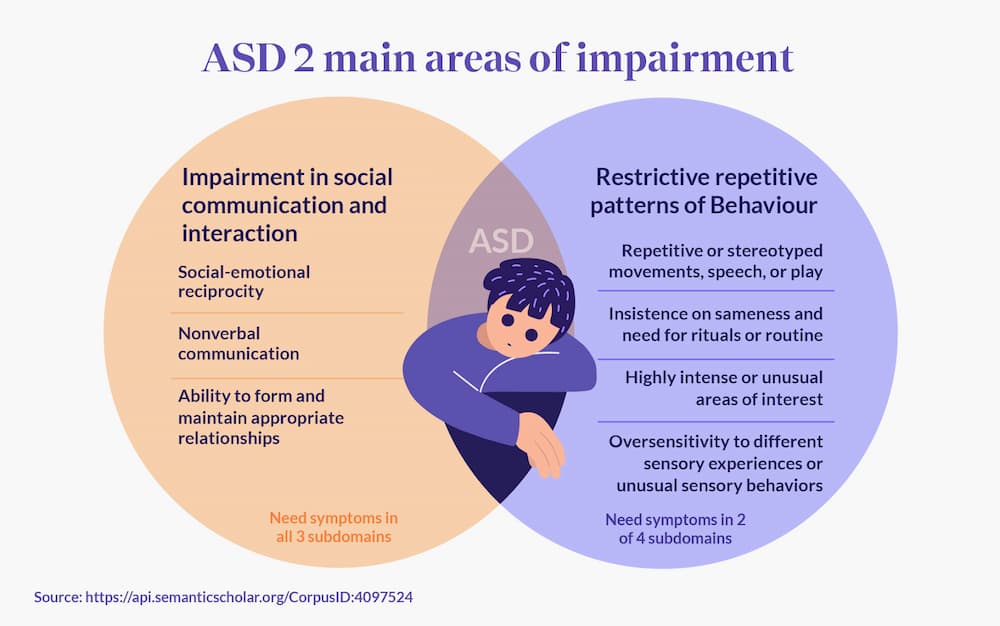Recognizing the Impact of Behavioral Autism on Life and Social Interactions
You could not realize how deeply behavior autism impacts day-to-day live and social communications. People on the range usually navigate a world full of interaction difficulties and sensory overload. These challenges can result in stress and isolation, impacting their connections and total well-being. Recognizing these subtleties is vital for cultivating helpful atmospheres. What strategies can we execute to produce even more comprehensive rooms and significant connections? The responses might amaze you.
Defining Behavioral Autism and Its Features
Behavior autism, often referred to as autism spectrum condition (ASD), encompasses a variety of problems characterized by challenges in social interaction, interaction, and repetitive actions. You might discover that individuals with ASD typically have a hard time to analyze social cues, which can bring about misunderstandings in discussions. They may locate it tough to establish eye call or take part in small talk, making social scenarios really feel frustrating.
Interaction problems can materialize in different means, from postponed speech advancement to a choice for utilizing fewer words. Repeated habits, such as hand-flapping or shaking, can serve as coping devices to manage anxiety or sensory overload. These attributes can greatly influence life, making it necessary for you to comprehend and support those with ASD. By acknowledging these traits, you can cultivate a setting that advertises approval and encourages effective communication, aiding people with autism grow in their daily communications.
The Range of Autism: Comprehending Irregularity in Actions
Autism range problem (ASD) isn't a one-size-fits-all diagnosis; it differs commonly amongst people. You may come across people that are highly spoken and engage conveniently in discussions, while others could prefer singular activities or interact non-verbally.
Moreover, the means people with ASD reply to sensory input can vary substantially; some might be bewildered by loud noises or bright lights, whereas others grow in promoting settings. The spectrum additionally consists of differences in social communications; some individuals may struggle to translate social signs, while others navigate social setups with family member convenience. Understanding this irregularity is essential, as it assists you appreciate each individual's distinct experience and dressmaker support to their particular needs, fostering a much more inclusive atmosphere for everyone.
Communication Difficulties Faced by Individuals With Autism
When you interact with people on the autism spectrum, you may discover their one-of-a-kind communication challenges. They usually face troubles with both spoken and nonverbal signs, which can affect their social interactions. Comprehending these obstacles is important for fostering better links and assistance.

Verbal Interaction Troubles
Numerous people on the autism range experience verbal interaction troubles that can significantly affect their everyday communications. You may locate it challenging to reveal your ideas, feelings, or requires plainly. This can lead to aggravation for both you and those around you, as misunderstandings happen. You might fight with initiating conversations, maintaining a subject, or understanding subtleties in speech. Typically, you could prefer using basic language or repeated phrases, which can restrict your capability to participate in deeper conversations. Your rate, quantity, or tone might not line up with social assumptions, triggering others to misunderstand your purposes. Acknowledging these challenges can help you and your assistance network establish approaches to improve communication and promote much better links with others in your everyday life.
Nonverbal Interaction Obstacles
Verbal interaction isn't the only obstacle individuals on the autism spectrum face; nonverbal communication barriers can be equally as considerable. You might discover it difficult to interpret body language, facial expressions, and eye call, which are important for efficient communication. These challenges can bring about misunderstandings or misinterpretations of social signs, making communications really feel overwhelming or complex. You might have a hard time to express your very own emotions with nonverbal methods, leaving others unsure of your sensations or purposes. This separate can create feelings of isolation and disappointment. Acknowledging these obstacles is important for cultivating understanding and compassion in your communications. By dealing with nonverbal interaction, you can locate approaches to enhance your social experiences and enhance your general lifestyle.
Social Interaction Effects
Social interactions can commonly really feel frustrating due to the distinct communication difficulties faced by people with autism. Recognizing these obstacles can assist you find strategies to improve interaction, such as practicing social abilities in risk-free settings or utilizing visual aids. Understanding your demands permits you to navigate social interactions with higher confidence and convenience.
Social Interaction and Partnership Structure in Autism
While building partnerships can be challenging for people with autism, comprehending their unique viewpoints and communication styles can promote meaningful links. You could see that lots of people on the range choose direct interaction and might fight with social cues or little talk. By being uncomplicated in your interactions, you can aid create an atmosphere where they feel comfy.
Make the effort to pay attention and observe just how they express themselves. This understanding can guide you in guiding discussions better. Involving in shared passions can additionally act as a bridge to deeper connections. Whether it's a leisure activity, a favorite show, or a common interest, these typical threads can open up doors to relationship.
Every Day Life Regimen: Navigating Obstacles and Strategies
Navigating day-to-day live regimens can be especially challenging for individuals with autism, specifically when unforeseen changes take place. You might discover convenience in having a structured routine, as it helps you anticipate what's next. It's normal to really feel anxious or overwhelmed when disturbances happen. To browse these difficulties, consider executing visual timetables or lists. These devices can provide clarity and reassurance.
Developing a routine that includes sensory breaks can also be valuable. This aids produce an understanding atmosphere.
Finally, method mindfulness strategies to manage stress and anxiety and anxiety. Simple breathing workouts or grounding strategies can make a considerable distinction. By integrating websites these techniques, you can boost your daily routine and decrease disturbances, making life feel much more convenient.
Toughness and Abilities of People on the Autism Spectrum
Comprehending life routines is just one element of the autism experience. Several people on the autism range possess exceptional staminas and capabilities that establish them apart. You could find that your interest to information is phenomenal, enabling you to master tasks that call for accuracy and emphasis. Your capacity to think outside the box can cause innovative solutions in different situations.
Furthermore, your memory abilities often beam, specifically in areas of rate of interest. Aba Therapist Near Me. This flair for keeping details can make you an important source in areas like innovation, science, or art. You might likewise show solid aesthetic thinking, enabling you to envision intricate principles and address issues artistically
Furthermore, your unique point of view on the world can foster empathy and understanding in others, enriching social interactions. Accepting these strengths not just boosts your self-confidence but also assists others appreciate the diverse abilities you bring to the table.
Creating Comprehensive Atmospheres for People With Autism
Producing comprehensive settings for individuals with autism starts with making sensory-friendly areas that accommodate their unique requirements. You can also promote chances for social interaction, aiding to construct relationships and links. By making these modifications, you'll add to a much more welcoming atmosphere for everyone.
Creating Sensory-Friendly Spaces
While creating sensory-friendly areas, it's essential to review the distinct needs of individuals with autism. Begin by selecting relaxing shades and soft illumination to produce a calming setting. When bewildered, integrate peaceful areas where people can recharge and retreat. You'll intend to minimize loud noises and interruptions, making use of soundproof products or white sound makers to assist keep tranquility. Think about tactile aspects like soft materials or fidget-friendly things that can supply convenience. Ascertain that rooms are adaptable, enabling easy reformation to accommodate different activities. Consist of aesthetic timetables or clear signs to aid people navigate the room with confidence. By thoughtfully incorporating these elements, you can develop a welcoming ambience that sustains sensory demands and advertises general wellness.
Promoting Social Communication Opportunities
Designing sensory-friendly rooms not just addresses private convenience yet additionally sets the phase for significant social communications amongst individuals with autism. To advertise these communications, create comprehensive settings that welcome participation. Arrange structured tasks, like art classes or team video games, that urge cooperation without overwhelming sensory input. Usage aesthetic help and clear interaction to aid everybody engage conveniently. Encourage peer mentoring, matching individuals with autism with encouraging peers that can assist them via social scenarios. In addition, consider organizing regular area events that commemorate neurodiversity, cultivating acceptance and understanding among all individuals. By carrying out these approaches, you click here for more can improve social possibilities, helping people with autism construct relationships and strengthen their social skills in a secure, welcoming setting.

Regularly Asked Inquiries
Just How Can Friends Assistance A Person With Behavioral Autism?
You can sustain a buddy with behavioral autism by being patient, paying attention actively, and respecting their boundaries. Participate in activities they delight in, interact honestly, and develop a comfortable environment where they feel valued and understood.
What Resources Are Available for Parents of Children With Autism?
You can check out various resources for moms and dads of youngsters with autism, consisting of support system, academic web sites, and local social work. Getting in touch with other parents can also offer important understandings and shared experiences to aid navigate challenges.
Can Behavioral Autism Modification Over Time?

Yes, behavior autism can transform with time. You may observe shifts in communication, social skills, and behavior as your child grows. Early treatment and support usually play essential duties in these developmental changes.
Exactly How Do Sensory Level Of Sensitivities Affect Daily Life?
Sensory sensitivities can make daily experiences frustrating. You may deal with intense lights or loud sounds, bring about stress and anxiety or avoidance. Locating environments that fit your demands can significantly improve your comfort and general life.
What Are Usual Misconceptions Regarding Behavioral Autism?
You may believe behavior autism just impacts communication skills, however it's Learn More even more complicated. Numerous presume individuals do not have compassion or intelligence, which isn't real. Recognizing these mistaken beliefs aids foster acceptance and assistance for those on the spectrum.
Behavior autism, often referred to as autism spectrum condition (ASD), incorporates a range of conditions identified by challenges in social communication, interaction, and repetitive actions.Social interactions can often really feel frustrating due to the distinct interaction difficulties faced by people with autism.Designing sensory-friendly rooms not just addresses specific convenience but additionally sets the phase for meaningful social interactions amongst individuals with autism. Encourage peer mentoring, coupling individuals with autism with supportive peers that can guide them through social situations. By implementing these techniques, you can improve social chances, helping individuals with autism construct relationships and strengthen their social abilities in a safe, welcoming environment.